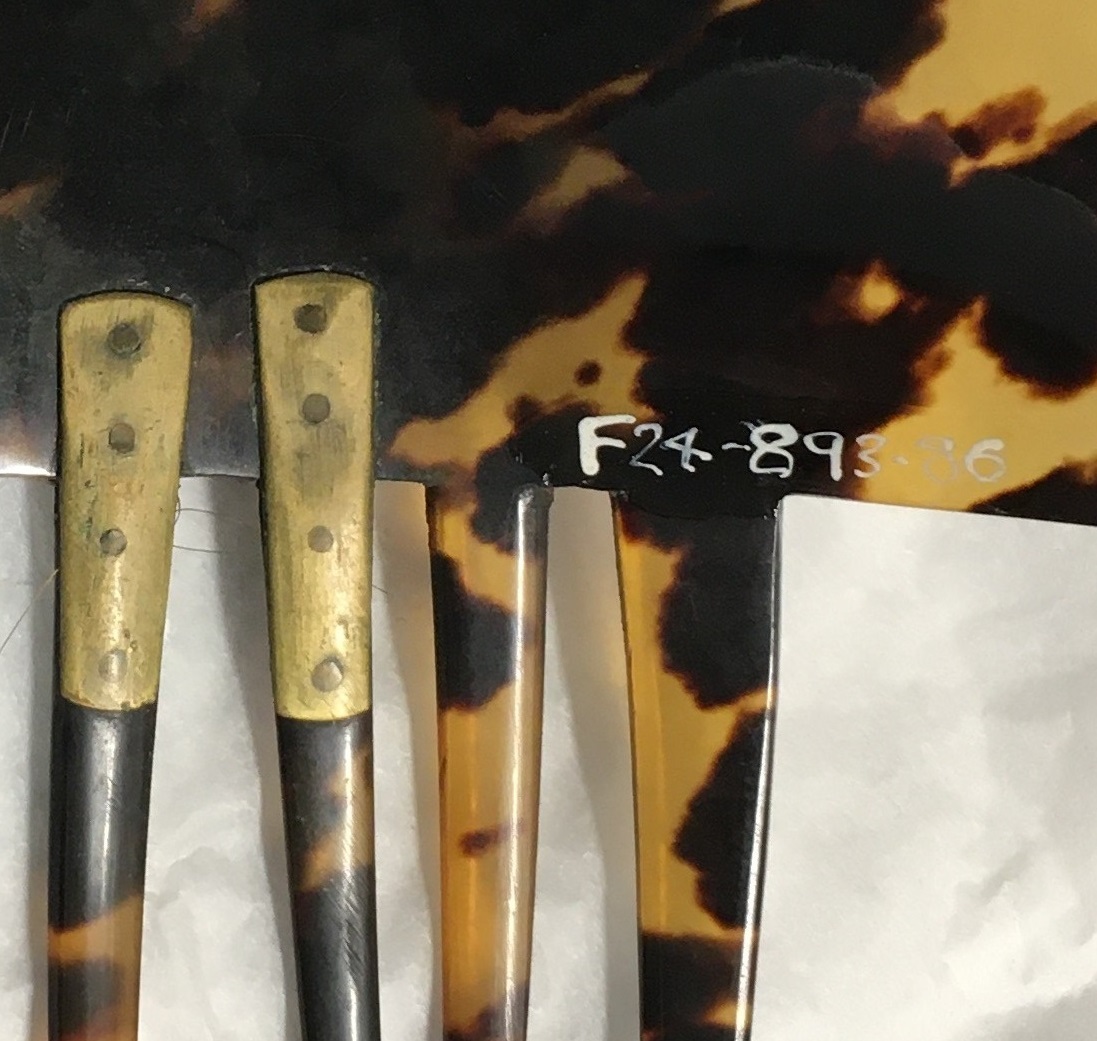|
Staffordshire Record Office closed to visitors at midnight on 30 December 2020, as Staffordshire is now in tier 4 (highest alert). When we are able to reopen to visitors further information will be available on our Planning a Visit and Social Distancing.
The William Salt Library, Stoke on Trent City Archives and the Lichfield History Access Point will also remain closed to the public until further notice.
Planned events, exhibitions and on-site volunteering also remain suspended. For updates and further information please visit our website
 We were delighted when we heard the news that Dr Nigel Tringham was awarded an MBE in the New Years Honours. He joined the Victoria County History (VCH) in 1979 and became County Editor after becoming part of the history department at Keele University in 1995. Nigel has just completed yet another volume, this one on Tamworth, the fifteenth in the county set, each one packed full of information and fully referenced, so that readers can chase up anything that might interest them in particular. Nigel also oversees the publication of the Transactions of the Staffordshire Archaeological and Historical Society and is the editor for the Staffordshire Record Society the county’s longest established historical society.
However, that is not the complete story, for Nigel does so much more than that. He has been a long and devoted servant to local history and consistently has words of encouragement for those who ask his advice. He is always available to speak to members of the public and attends local history events, frequently as a speaker across the county and beyond. His ability to engage and communicate often complex ideas in an entertaining and comprehensible way makes history accessible to a much wide audience
His tireless, and it is just that, involvement in so many of the county’s, region’s and national history publications means that he is, and has been for many years, the focal point for the production of high quality local history. Without his unfailing hard work over the last 40 odd years the county, and its history in particular, would have been far, far poorer. It is an honour well deserved.
The Bawdy Courts were the church’s Consistory courts. Cases were brought forward that questioned a person’s moral behaviour. This could include defamation and slander, matrimonial cases involving adultery and marriage contracts, immoral behaviour of clergy as well as town people, and probate cases involving disputed wills. Our blog looking at the cause papers of Lichfield looks at cases in historic Staffordshire, mostly from the 17th century. At the start of the year we looked at the sentencing for some of these cases.
If found guilty, you could be required to carry out penance. This would absolve you from your immoral behaviour and allow you to turn over a new leaf. It draws some parallels with our modern day New Year’s resolutions, although we would never consider over indulging at Christmas to be immoral! Especially not this Christmas. One of our volunteers Alan, has written an excellent piece on how penance was carried out, you can read about it here: https://lichfieldbawdycourts.wordpress.com/2021/01/01/penance-in-mancetter-1741/
We post every Friday follow us on Facebook and Twitter for updates or you can follow the Bawdy Courts blog on Wordpress.
Extract "Jane Shore Led to Penance to Saint Paul's", Edward Penny 1775-1776 (Image courtesy of Birmingham Museums Trust)
Accessorize! Hair Combs and Ornaments
The historic dress and textile collection comprises of outfits and individual garments spanning the last 300 years. But no outfit is complete without its associated accessories. In the first of a series of articles Museum Development Officer, Helen Johnson, takes a look at some of the smaller items in the collection which helped the people of Staffordshire put the finishing touch to their fashionable apparel.
A fashionable outfit is not complete without the hairstyle to go with it. In the 21st century many of us use our hair to express our own personalities and individuality. Coloured, cropped, long, shaved, sleek or big we use a variety of products and equipment to create the desired effect.
This of course is nothing new. Hair has always been used to express something about the individual. For those that could afford the attentions of hairdressers or personal servants, and the time to sit and have their hair worked into the latest complex style, it was an important aspect of the expression of fashion and their social status.
The accessories and ornaments that were used to enhance and support the hair were an intrinsic part of the overall effect. Hairstyle and ornament were directly linked and like all fashions changed constantly over time.
Left: Celluloid haircomb (68.109.0113) Right: Hinged hair comb with marcasite decoration, late 19th century (68.109.0114)
The museum collection holds a number of different hair accessories which date from the 19th and 20th centuries. These provide a lovely insight into the story of hair fashions and style.
During the 19th century women wore their hair long. Long hair was viewed as the ideal of beauty and enabled women to dress and style it elaborately. Hair combs were both a practical and fashionable way of doing this. The combs themselves have traditionally been made of many materials; bone, ivory, wood, metal and animal horn. Perhaps the most prized material of all was tortoiseshell. This was taken from the Hawksbill sea turtle and the material was imported from all over the world. It is recorded that in 1878 over 30 tonnes came into Britain alone.
The rising cost (and increasing rarity) of tortoiseshell led to the use of other materials. Cattle horn had been used since the 18th century but by the 1870s celluloid was established as a popular and affordable substitute. Celluloid could be easily cut and shaped to create ornate and beautiful combs, but it came at a price. Celluloid is highly flammable and as it increased in popularity cheaper, less chemically stable compositions were also sold. The danger was well known and documented, but despite the many accidents and injuries combs remained popular.
 Brass repairs to 19th century haircomb (86.024.0893)
It isn’t easy to tell the difference between tortoiseshell and celluloid hair combs. We would need to carry out proper tests to be absolutely sure, which risks damage to the objects. However, the combs in the collection hold some clues of their own. A couple of the larger combs have been painstakingly repaired using brass sections and pins. This hints at their financial value, suggesting that they were made from the more expensive tortoiseshell and were particularly valued by their owner.
You can read the full article on our Learning Room blog

Join us in The Learning Room to discover a range of articles based on research and collections across the Archives and Heritage Service. You can sign up here
Our aim is to keep you updated with the latest developments and events. If you do not wish to receive this newsletter please use the 'unsubscribe' button at the bottom of this page.
|